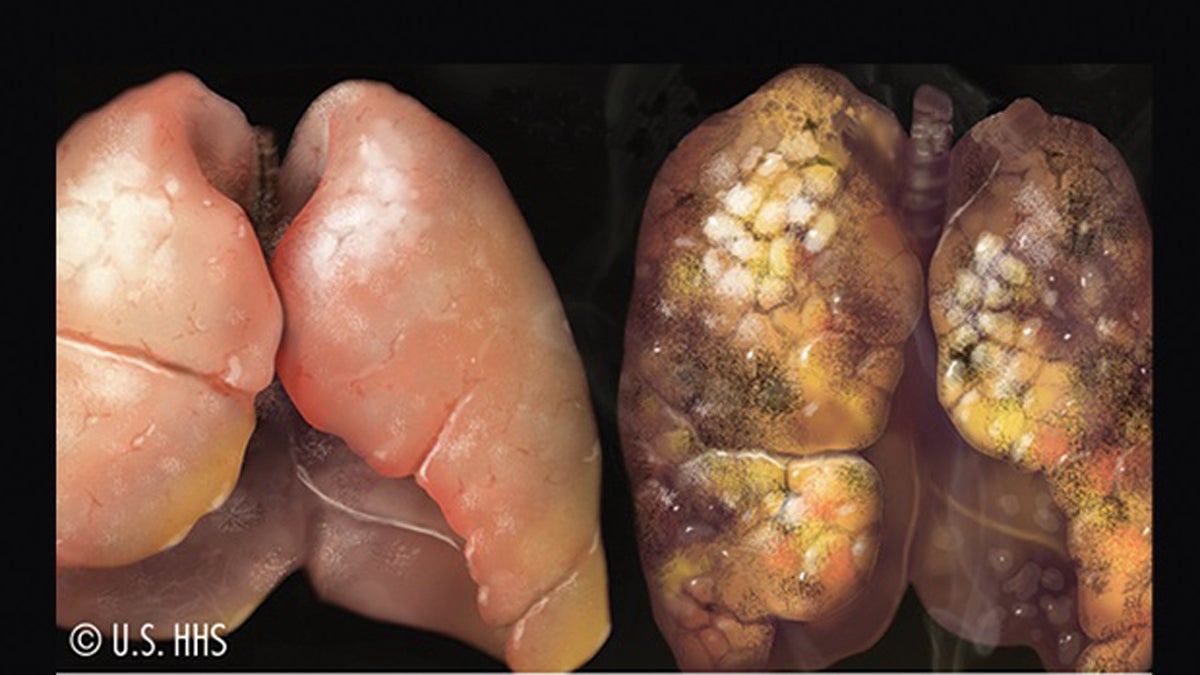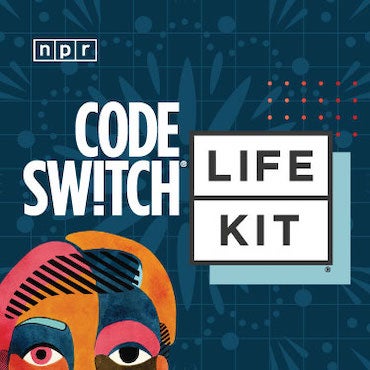Rotting teeth, black lungs, mouth blisters… will those images stop you from smoking?
Listen
This cigarette warning label image produced a high “emotional reaction” among participants in the study. (Photo courtesy of the Annenberg Public Policy Center)
One study out of the Annenberg Public Policy Center says yes.
Graphic photo labels on cigarette packs that highlight the dangers of smoking have been used in other countries for years. Think pictures of rotting teeth, black lungs and cancer of the mouth.
In this country, a Food and Drug Administration attempt to get these images on packs was shot down in 2009 because industry officials claimed there wasn’t enough evidence to support their use.
Since then, the agency has been asked to produce more evidence on the effectiveness of picture labels on each pack and some of that research is being done at the Annenberg Public Policy Center.
Dan Romer, Associate Director of the Center, says the Annenberg research involved experiments in which smokers were shown warning labels while they were in an fMRI machine, to see how their brains reacted to the images.
“It turns out that these pictures that are more emotional, that illustrate the risks a lot more clearly, actually do influence smokers’ brains,” said Romer. “They register in areas of the brain that suggests that people are remembering these images.”
Romer said smokers also told researchers that they were less willing to smoke after seeing the images. But what about the long-term effect of seeing these images? Does it really stick?
“We’ve actually done a study where we’ve given smokers their own brand of cigarettes with these warning labels for a month and we’ve found that, yeah, there might be some wear off, but what actually does happen is they learn more about the hazards and they start thinking about quitting,” said Romer.
With this study and others, the FDA will eventually present its case for the effectiveness of emotional photo warning labels.
“You don’t just want to have a few words on the side of the pack that can be ignored,” said Romer. “You want to have a picture that gets people’s attention and illustrates the risks.”
WHYY is your source for fact-based, in-depth journalism and information. As a nonprofit organization, we rely on financial support from readers like you. Please give today.



